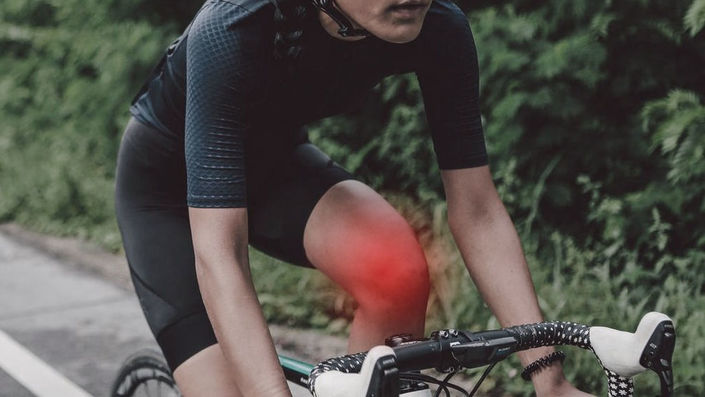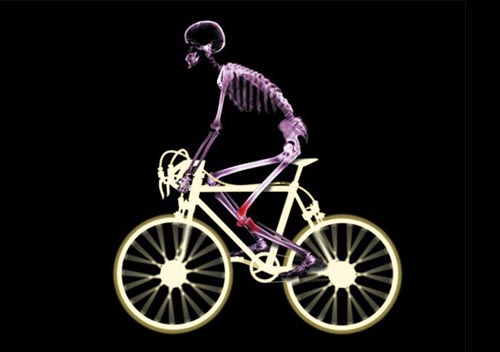Generally speaking, cycling is a fairly low-impact activity for your knees. Indeed, stationary bikes are used in many physiotherapy clinics as part of the rehabilitation protocol after knee injury and as a way to help improve knee joint mobility and stability. As a bike shop employee, I was often visited by long distance runners with clapped-out knees who had been advised by their medical professional to hang up the trainers and take up cycling instead.
In saying this, it is also important to remember that one of the most common issues amongst cyclists is over-use injuries leading to chronic knee pain. There are many reasons why people pick up over-use injuries, but if you consider how many thousands of pedal rotations a cyclists does on an average ride you can see why this is one of the main areas of concern.
Knee injury can be related to three main areas: Bike fit, training habits and anatomy.
Bike fit
The easiest of these to deal with is bike fit. The specifics of bike fit are beyond the scope of this article but we absolutely recommend you see a professional and get a proper fit! To get an idea of the potential issues you only have to look at saddle height. Having your saddle too high can lead to rocking of the hips (instability) during the pedal stroke and results in posterior knee pain. Saddle too low puts too much pressure on your quads and patella.
Another area that causes knee issue is cleat alignment. Pedals are designed with a degree of "float" which is the amount of movement you get while still remaining clipped in. It is recommended to have at least 5 degrees of float to protect your knees (among other reasons). For a recreational cyclist, removing the ability of your foot to float in the pedal puts a lot of strain on the rest of the leg unless perfectly aligned (which is very uncommon!)
Even if you don't experience any knee pain it is best practise to make certain your body is working efficiently, smoothly, and as nature intended. That way an over-use injury is circumvented before it begins. So, go to your bike shop, book a fit, and get your bike working with, not against, you.
RELATED: Bike Fit: Does size matter?
Training
The next area is training or just general riding practices. One of the most common issues here is a sudden increase in riding after a period of rest or time off the bike. Large increases in bike mileage puts a lot of strain on the leg muscles leading to tightness, soreness, and decreased flexibility. This can have an appreciable impact on how your knees cope with the extra work. The answer is simply to build up slowly and caress your body into the greater work load. Give yourself time to recover as you ramp up the miles.
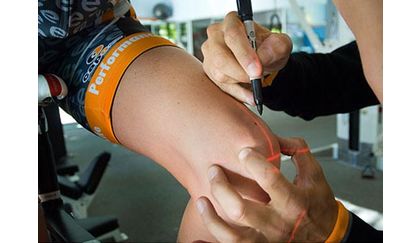
Another common training issue, particularly amongst recreational cyclists, is pushing too big a gear. Hopefully with the large take up of compact cranks this will become less of a problem, but still many cyclists are using gears that are just too hard. The ideal cadence is 90rpm. To keep this up on an average ride would require most cyclists to drop down the gears further than they would normally. Big gear ratios just put too much strain on the knee joints - put it in low and go, go,go!
These are probably the main issues regarding training. There are others like doing too many steep hills, not alternating hard days with easy days, but all of them are simply fixed by changing training habits.
Anatomy
This is probably the most difficult to manage and may only be sorted with regular visits to the physio, chiropractor, or other health professional. Problems here include discrepancies in leg length (pretty much everybody has this to some degree), muscular inflexibility, a wide pelvis, which influences the Q factor, and muscle tiredness or weakness, which results in over compensation from non-optimal parts of the knee, hip, or leg.
We are not experts in this area, so the only advice I can give is to see a professional to diagnose any issues relating to anatomy and follow the offered steps to rehabilitation. I can speak personally from having amazing success after seeing my chiropractor. Remember: the issues are never related only to the knee or leg area - anatomical and structural health can only be treated in a holistic fashion.
If bike fit and altered training haven't sorted out your knees then it's time to go further and get the structure fixed!
The solution?
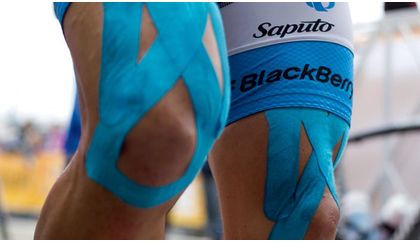
So, what is my course of action to prevent or help heal knee pain? As already outlined there are many ways to approach healing your body. Start with a professional bike fit, including cleat and q-factor alignment. Next, move onto improving your training habits - remembering the importance of rest and recovery. You can also begin incorporating stretching and strength techniques to balance the development of your quads. If you are still experiencing pain, then we recommend seeing a health professional about re-aligning any structural issues that may be affecting the whole body.
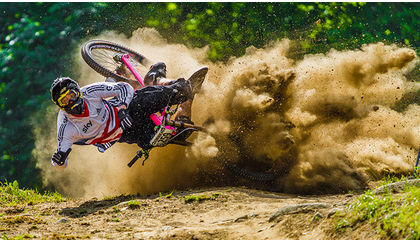
RELATED ARTICLE:
Staying fit while injured
Injured while cycling? Use these tips to keep fit or come back better than before... READ MORE
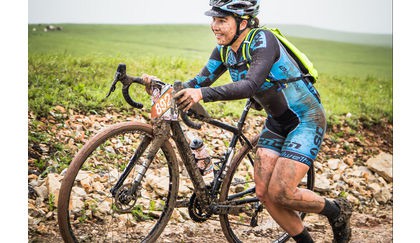
RELATED ARTICLE:
The Epic Ride Phenomenon
What's the deal with the popularity of big, crazy, hard rides? Like transmuted Grand Fondos, they combine mass participation, stupidly hard riding, and eager smiles all around... READ MORE
